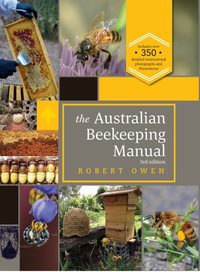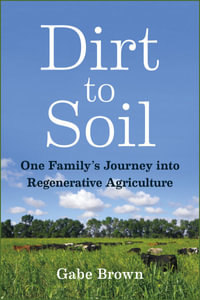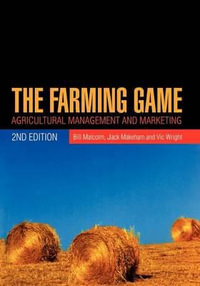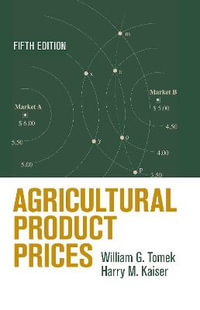
Smart Big Data in Digital Agriculture Applications
Acquisition, Advanced Analytics, and Plant Physiology-informed Artificial Intelligence
By: Haoyu Niu, YangQuan Chen
Hardcover | 2 April 2024
At a Glance
Hardcover
RRP $229.00
$189.25
17%OFF
Aims to ship in 7 to 10 business days
ISBN: 9783031526442
ISBN-10: 3031526449
Series: Agriculture Automation and Control
Published: 2nd April 2024
Format: Hardcover
Language: English
Number of Pages: 260
Audience: Professional and Scholarly
Publisher: Springer Nature B.V.
Country of Publication: CH
Dimensions (cm): 23.39 x 15.6 x 1.6
Weight (kg): 0.54
Shipping
| Standard Shipping | Express Shipping | |
|---|---|---|
| Metro postcodes: | $9.99 | $14.95 |
| Regional postcodes: | $9.99 | $14.95 |
| Rural postcodes: | $9.99 | $14.95 |
How to return your order
At Booktopia, we offer hassle-free returns in accordance with our returns policy. If you wish to return an item, please get in touch with Booktopia Customer Care.
Additional postage charges may be applicable.
Defective items
If there is a problem with any of the items received for your order then the Booktopia Customer Care team is ready to assist you.
For more info please visit our Help Centre.
You Can Find This Book In
This product is categorised by
- Non-FictionEngineering & TechnologyAgriculture & FarmingAgricultural Science
- Non-FictionScienceBiology, Life SciencesBotany & Plant SciencesPlant Physiology
- Non-FictionEngineering & TechnologyTechnology in GeneralTechnical Design
- Non-FictionMathematicsProbability & Statistics
- Non-FictionComputing & I.T.Databases























